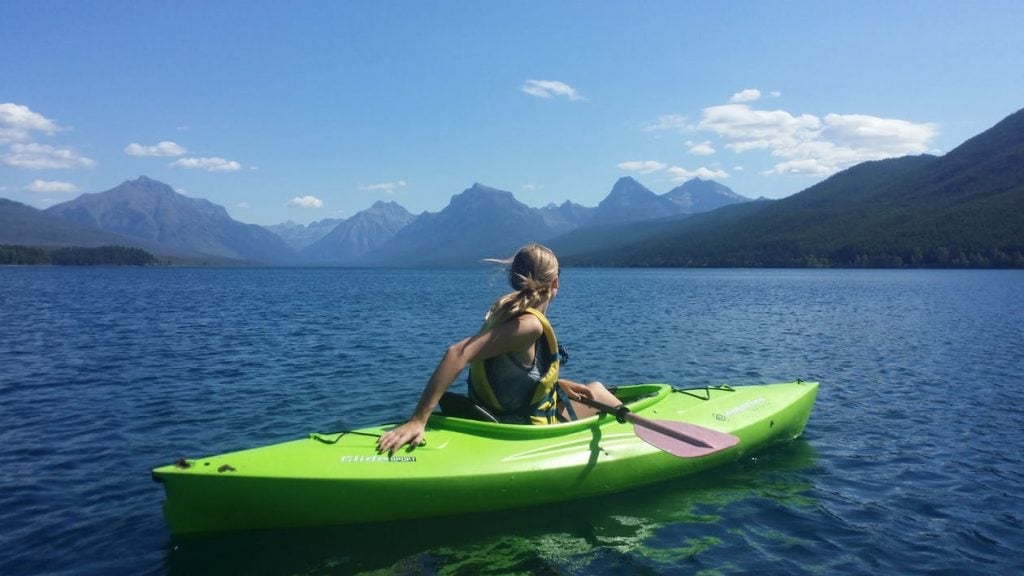By: Stefanie Chimienti and Taraneh Etemadi, Summer Student
Did you know that 180 Canadians experience fatal boating accidents every year? Almost 90% of these accidents are as a result of improperly wearing a life jacket or personal flotation device, or as a result of not wearing one at all. To avoid boating accidents that lead to injuries and fatalities, it is important to prepare your boat with the appropriate safety equipment.
Safety equipment requirements apply to any person that operates a boat whether they own, rent or borrow the boat. Transports Canada has compiled a detailed Safe Boating Guide which has a section dedicated to outlining the minimum safety equipment requirements by boat type and length, helping boaters enjoy their pleasure craft in safety.
The list of required equipment varies depending on the type and size of the boat. Before starting your boating adventures, ask yourself the following questions:
- Are there enough flotation devices of appropriate sizes for everyone on board?
- Do you have maps and charts to ensure a safe return?
- Is the Very High Frequency (VHF) radio working properly?
- Do you have a first aid kit, basic tools and spare parts?
Some of the most important safety measures include life jackets or personal flotation devices, visual signals, tool kits and first aid kits.
Wearing life jackets or personal flotation devices: It is important to distinguish between the kinds of flotation devices that should be worn and the kind of boating activity you are involved in. Flotation devices have been produced in a number of styles and performance options, providing a range of variety for the boater. It is a requirement that all boats are equipped with enough lifejackets, of appropriate sizes, for every person on board. For more protection, it is advised to choose a full lifejacket to ensure optimal safety. A list of Canadian approved products for the marine industry, including appropriate lifejackets, can be found here.
Visual signals: In situations where you require help and have lost light, a watertight flashlight can be used to signal for help. Before every trip, make sure that your flashlight does not require new batteries. Distress flares are another emergency device used to signal for help, and should only be used for emergency situations or to warn other boaters of your position. For optimal visibility, they are to be fired at an angle into the wind. The flares use expires after four years from the date of manufacture and they should be stored vertically in a cool and dry place, within reach.
A tool kit with spare parts and a first aid kit: Tool kits play an important role when trying to repair damages while on the water, make sure that you have instructions on how to use your tools. Some handy spare parts to take include: fuses, bulbs, a spare propeller, nuts and bolts, penetrating oil, duct tape and spark plugs.
If boaters take the necessary precautions, they can enjoy this fun activity in safety. If you or your loved one is injured in a boating accident, please contact the critical injury lawyers at McLeish Orlando LLP for a free consultation.
Stay safe, and happy boating!






